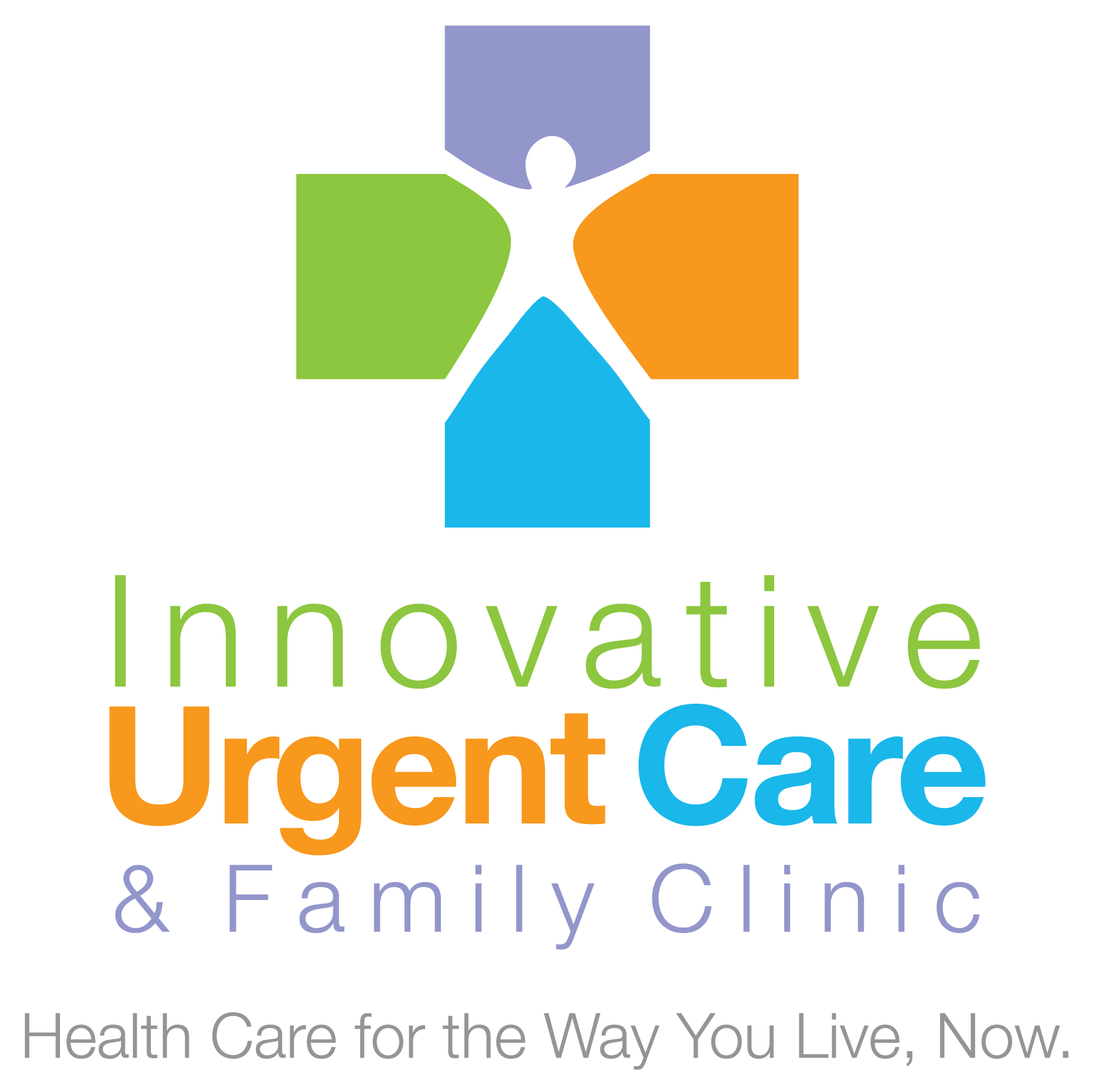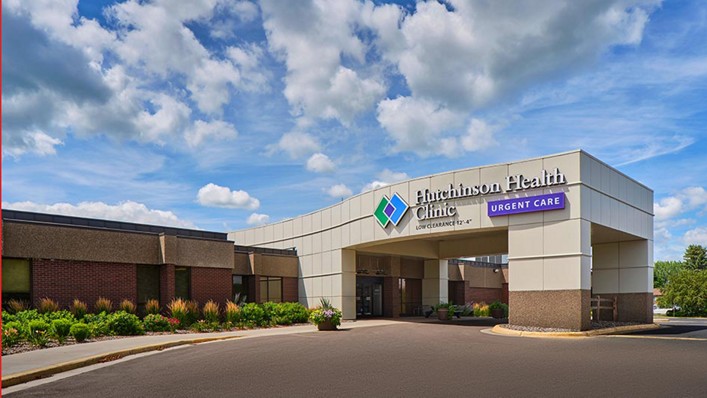Expert Advice on Navigating Clinic Options for Urgent Care
Expert Advice on Navigating Clinic Options for Urgent Care
Blog Article
Understanding the Role of Urgent Treatment in Giving Timely Therapy for Non-Life-Threatening Problems
Urgent care facilities have arised as a crucial component of the medical care landscape, dealing with the prompt requirements of patients with non-life-threatening problems. Understanding the nuances of immediate treatment might significantly affect patient results and the total effectiveness of healthcare distribution.
What Is Urgent Care?
Urgent treatment refers to a category of medical services made to attend to non-life-threatening conditions that need prompt attention. These facilities act as an intermediary between medical care physicians and emergency areas, providing a convenient option for individuals that need prompt treatment without the extensive waiting times normally associated with emergency departments.
Immediate treatment centers are commonly staffed by physician, including doctors, registered nurse experts, and medical professional assistants, who are trained to identify and deal with a vast array of conditions. Typical solutions supplied by these facilities include treatment for minor injuries, illnesses, and infections, along with analysis examinations such as X-rays and research laboratory job.
Additionally, immediate treatment facilities commonly accept walk-in individuals, removing the need for consultations. Generally, urgent care plays an essential role in the health care system, ensuring individuals can access vital clinical solutions promptly and effectively.

Lots of people might locate themselves unpredictable about when to look for care at an immediate care center rather than a medical care doctor or an emergency clinic. Urgent care is designed to resolve non-life-threatening problems that need punctual attention yet are not severe sufficient to warrant an emergency situation area check out.
Generally, one ought to consider urgent take care of concerns such as minor cracks, strains, cuts requiring stitches, or infections like urinary system system infections. Additionally, chilly or influenza symptoms, breakouts, and allergies can likewise be suitably taken care of in this setting.
It is crucial to keep in mind that urgent treatment is not ideal for serious emergencies, such as breast discomfort, trouble breathing, or severe blood loss, which demand immediate emergency space intervention.
Individuals who lack accessibility to a medical care physician or can not protect a timely consultation might also benefit from urgent treatment solutions. Ultimately, comprehending when to make use of immediate treatment can result in extra efficient healthcare shipment, enabling patients to get the proper level of treatment based on their details health demands.
Advantages of Urgent Treatment Centers
Selecting urgent care facilities for non-life-threatening problems offers numerous benefits that improve patient experience and accessibility. One main benefit is the lowered wait times contrasted to traditional emergency situation areas. Immediate treatment facilities typically operate a first-come, first-served basis, permitting people to obtain timely medical focus without the lengthy delays frequently associated with healthcare facility settings.
In addition, urgent care centers give extensive hours, consisting of evenings and weekends, suiting clients with varying schedules. This adaptability makes sure that individuals can seek care when it is most convenient for them, better promoting timely treatment.

Additionally, these facilities typically provide a detailed series of services, including analysis examinations and minor treatments, all under one roof covering. This consolidation of services not only improves the individual experience but additionally promotes a more important link natural technique to managing non-life-threatening health problems, eventually benefiting total individual outcomes.
Typical Problems Treated
At immediate care facilities, a variety of non-life-threatening conditions can be efficiently dealt with, offering individuals with easily accessible and prompt clinical support. These centers are particularly skilled at dealing with problems that need punctual attention yet do not pose an immediate risk to life or limb.
Usual conditions dealt with at immediate treatment facilities include minor injuries such as strains, stress, and cracks. Urgent treatment facilities are equipped to do required diagnostic tests, such as X-rays and research laboratory examinations, allowing them to give comprehensive treatment.
Moreover, immediate treatment service providers can provide inoculations, helping to avoid the spread of transmittable illness - Urgent Care. They also provide solutions for minor procedures, such as suturing injuries or draining pipes abscesses. By using these diverse services, urgent care centers play an essential function in connecting the space between main care and emergency situation services, ensuring clients obtain prompt treatment for a wide variety of conditions without the requirement for lengthy delay times generally connected with emergency clinic
How Urgent Care Supports Health Care System
Urgent care centers play a crucial role in sustaining the general medical care system by easing the burden on emergency departments and providing prompt accessibility to treatment for non-life-threatening problems. By managing instances such as small injuries, infections, and health problems, urgent care centers permit emergency situation departments to focus on even more crucial clients needing immediate attention.
Moreover, immediate care centers enhance medical care access, using extensive hours and a more practical option to typical medical care settings. This accessibility is especially helpful for individuals who may not have a regular medical professional or that need instant therapy beyond regular workplace hours. Therefore, immediate treatment facilities effectively decrease wait times pop over here and enhance patient complete satisfaction.
In addition, immediate care facilities add to set you back savings for both people and the medical care system by providing lower-cost services contrasted to emergency departments. This economic effectiveness is essential in an era of increasing medical care expenses, allowing people to receive necessary treatment without sustaining outrageous costs.
Final Thought
To conclude, immediate care centers play an essential duty in the healthcare system by providing prompt therapy for non-life-threatening problems. By linking the gap in between main care and emergency clinic, these facilities guarantee that patients obtain prompt clinical attention without the extensive wait times generally related to emergency situation divisions. The ease of access and effectiveness of urgent treatment centers add substantially to alleviating the overall worry on medical care sources, enhancing patient outcomes, and promoting an extra reliable medical care shipment system.
Immediate care centers have arised as a vital part of the health care landscape, dealing find out with the prompt requirements of individuals with non-life-threatening problems. Immediate treatment brows through normally sustain lower out-of-pocket expenses contrasted to emergency department brows through, making treatment more cost effective for individuals without endangering top quality. Urgent care facilities are geared up to do needed analysis examinations, such as X-rays and laboratory tests, enabling them to offer detailed treatment.
By offering these varied solutions, immediate treatment facilities play a vital role in linking the void in between main care and emergency services, making certain individuals get timely treatment for a broad range of conditions without the demand for lengthy delay times normally linked with emergency situation spaces.
Additionally, immediate care facilities improve medical care availability, offering extended hours and a much more hassle-free option to traditional primary treatment setups.
Report this page